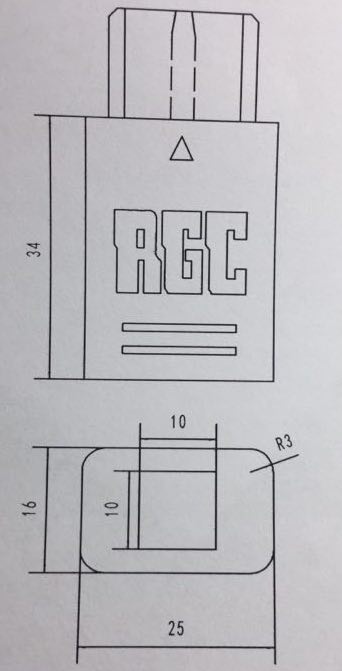A) NTSC – the NTSC 2-CHIP SNES uses a PNP emitter follower with the output tapped between a resistor divider that attenuates the high amplitude video input and provides a parallel equivalent 75-ohm output impedance. A 220uF capacitor is necessary to remove the high DC offset as well as to preserve the DC operating point of the emitter follower.
B) PAL – the PAL 2-CHIP SNES uses an NPN emitter follower with a diode level shifter and a 30-ohm output resistor. The RGB cable must add a 75-ohm, DC coupled, resistor to ground to properly bias the emitter follower. The 75-ohm bias resistor combines with the input termination resistor of the display to form a second ~30-ohm resistor to divide the input signal amplitude in half, achieving the correct video levels.
C) 1-CHIP SNESes, modded Mini’s and modded consoles with a bypass amp use a much more conventional opamp based output with a series terminated 75-ohm resistor. This design is the only one that makes sense to me. Not sure what Nintendo was thinking about the other two…
So, what happens when you use the wrong cable? Plug a NTSC cable into a PAL console and the coupling cap blocks the DC bias path for the NPN follower, resulting in no signal. Plug a PAL cable into a NTSC console and that 75-ohm resistor to ground shunts the PNP follower’s emitter resistor network, disrupting the bias point, killing the gain and results in dim video. Similarly, the PAL cable’s 75-ohm resistor to ground forms a 0.3x voltage divider, rather than a 0.5x voltage divider, with the series termination resistor again resulting in dim video.
What we need is a circuit that properly biases the PAL consoles without affecting the gain of the other two. The solution is actually quite simple – a constant current sink rather than a resistive load accomplishes this objective nicely. A current sink, due to its high output impedance and voltage compliance, means that the gain is unity, irrespective of the various emitter/termination resistors. At the same time, we can dial the bias current low enough that it only shunts a fraction of the total current in the NTSC PNP follower, thus preserving its normal operating point.
To restore normal video levels, we can use a high input impedance buffer amplifier with a standard series 75-ohm termination resistor. Coupling the input of the buffer amplifier with a small capacitor and sync tip clamp also allows us to set the DC offset of the output signal near ground, thus completely eliminating the need for large, electrolytic coupling capacitors.
Here’s a picture of the actual board, connected to a SNES AV connector, spliced into a cheap Chinese SCART cable. The RGB lines are connected directly to the SCART pins – no coupling caps or shunt resistors. The test setup has the consoles outputting to my PVM-14L5, looping out to my scope and 75 ohm termination resistors.

And here's actual measurements using 240p test suite's SMPTE test bars @ 75% intensity:



Overall I'm pretty happy with the results! The output amp worked with all three consoles without any significant effect on the gain. And it centered the DC output offset to 150 mV above ground, which means no need for large electrolytic coupling caps. Now I just need to hunt down a PAL GC and see if it works.
